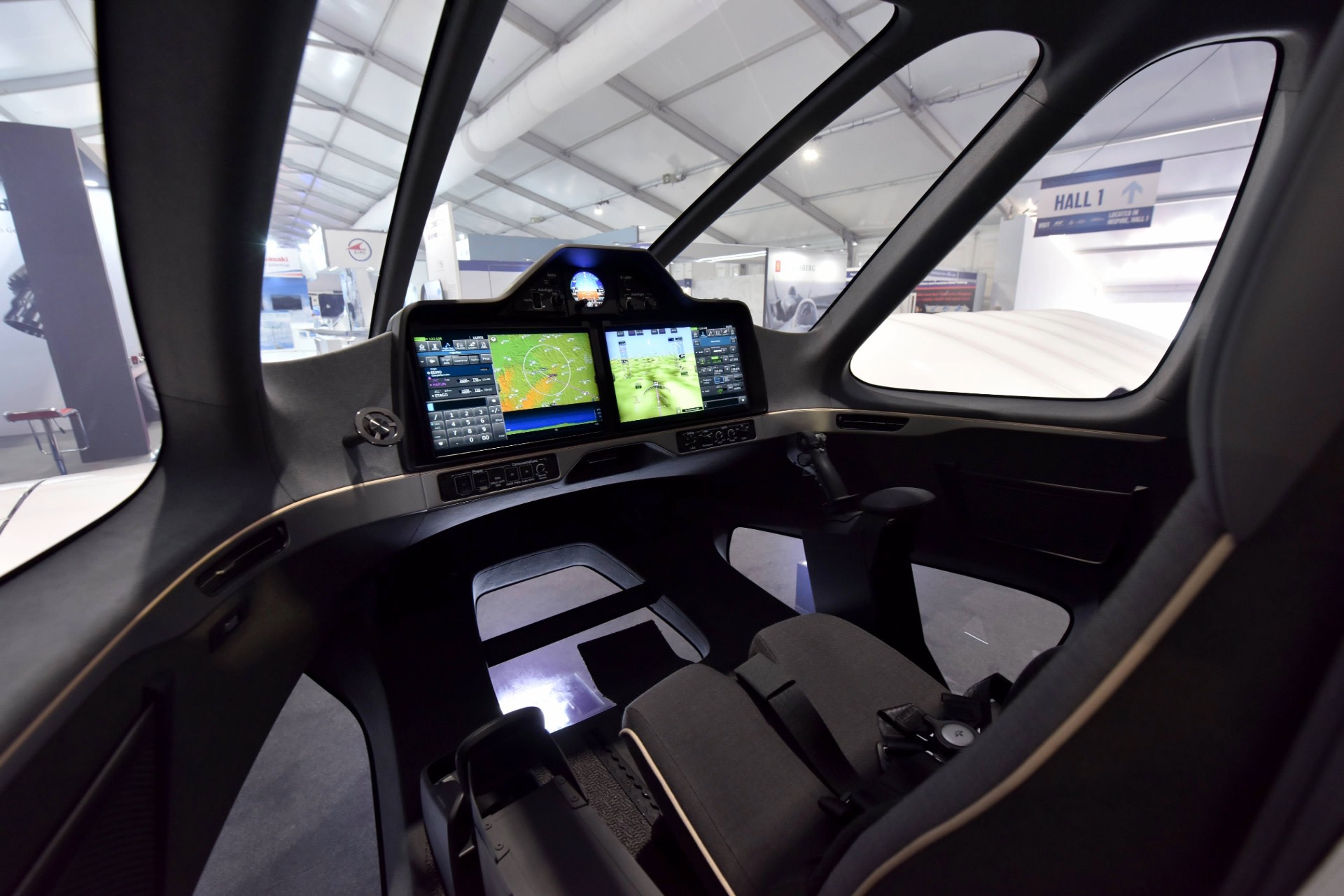AMSAL Aero Unleashes Hydrogen-Powered Vertiia eVTOL Taxi for Cleaner and Faster Travel
Key Ideas
- AMSL Aero's Vertiia eVTOL, powered by hydrogen fuel cells, completes successful 'free' flight, offering cleaner and faster travel options.
- The craft's design and technology enable longer flights of up to 620 miles at 186 mph, carrying a pilot and four passengers at lower costs than traditional helicopters.
- Hydrogen fuel cells address environmental concerns and offer health benefits by reducing emissions, with AMSL planning to begin hydrogen-powered flights next year.
- The eVTOL industry is rapidly developing, with Federal Aviation Administration preparing for large-scale eVTOL operations by 2028, aligning with efforts to cut air pollution and greenhouse gas emissions.
Australian aircraft manufacturer AMSL Aero has introduced the Vertiia eVTOL, a cutting-edge electric vertical takeoff and landing aircraft that runs on hydrogen fuel cells, offering a cleaner and more environmentally friendly mode of transportation. Following successful test flights with a safety cord, the aircraft recently completed its first untethered flight, showcasing its innovative design and technology. With a uniquely Australian design featuring a torpedo-shaped cabin surrounded by tiltable propellers powered by hydrogen fuel cells, the Vertiia boasts impressive capabilities such as a maximum range of 620 miles at a top speed of 186 mph and the ability to carry a pilot and four passengers at a fraction of the cost of traditional helicopters. The aircraft's modular concept allows for versatile configurations while its compact carbon composite materials and unique design contribute to improved performance and safety. AMSL plans to initiate hydrogen-powered flights next year, aiming for commercial operations by 2027 pending regulatory approval. The eVTOL industry is rapidly advancing, with the Federal Aviation Administration gearing up for large-scale eVTOL operations by 2028. This shift towards cleaner and faster air travel not only promises to reduce air pollution and greenhouse gas emissions but also offers potential health benefits and cost savings for travelers.
Topics
Aviation
Clean Energy
Innovation
Future Transportation
Technology Development
Emissions Reduction
Air Travel
Public Health
Electric Aviation
Latest News
